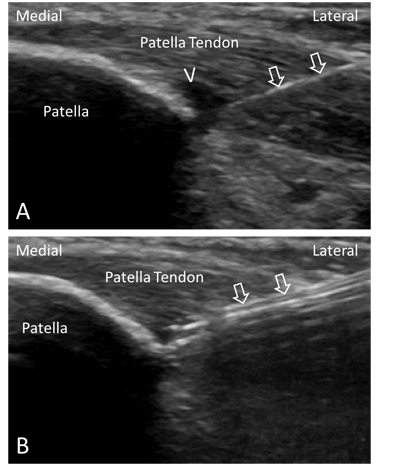
Tenex is a minimally invasive procedure that can help eliminate chronic tendon pain by precisely targeting and removing damaged tissue without the need for conventional surgery.
Tenex was developed at the Mayo clinic and has been shown to help tendon pain in over 85% of patients. The procedure is minimally invasive, and performed with a micro incision that is so small it does not require stitches.
Tenex uses ultrasound imaging to identify the damaged tissue. Using
the advanced TENEX MicroTip™, the physician guides the Tenex needle into
the damaged tissue preserving the healthy tendon. Unlike major open
surgeries, this procedure targets and removes only the damaged tissue,
stimulating healing and allowing for a more rapid return to normal
activities.
When physical therapy, cortisone injections, and/or medication do not work, patients are often advised that invasive surgery is the only option for their chronic tendon pain. You don’t have to live with chronic tendon pain! Please call our office to schedule a consultation.
Conditions that can be treated with Tenex:

In 80% of patients, tendon pain will resolve within the first 6 months using conservative treatments. The other 20% of patients report persistent, recurring symptoms and experience chronic pain. In these patients, the tendon tissue likely has been replaced with damaged degenerative tendon tissue.
The definitive treatment in these chronic cases is to remove the damaged tissue with a tenotomy or fasciotomy procedure, allowing the body to heal fully.
Tenotomy and fasciotomy procedures can be successfully completed using a conventional open surgery approach or a minimally invasive surgery approach with Tenex. Tenex allows physicians to perform a minimally invasive tenotomy or fasciotomy, minimizing pain, and reducing recovery time.
TENEX is performed at an outpatient surgery center. The Tenex procedure requires only a local anesthetic to numb the area. You do not need general anesthesia (to be put to sleep) as you would in traditional surgery, and you will be awake during the procedure.
The Tenex MicroTip is guided through a small 2-3 mm incision to break down and remove the damaged tissue. Ultrasound imaging is used to visualize the damaged tendon.
When the procedure is completed, only a small adhesive bandage is needed to cover the point of entry. In most cases, no sutures or stitches are required.
The Tenex MicroTip uses ultrasonic energy to precisely treat only the damaged tendon tissue, leaving the surrounding healthy tissue unharmed. Because the surrounding tissue is not disturbed there is minimal downtime and less discomfort compared to open surgery.
In most cases, Tenex patients are typically not restricted from routine activities following the procedure, and patients typically start to feel improvement in 4 weeks or less.
Our physicians use ultrasound imaging to visualize and identify the specific location of the damaged tendon tissue. The damaged tissue is removed through the Tenex MicroTip needle, preserving the healthy tendon around the site of injury.
Because the surrounding healthy tissue is not disturbed there is minimal downtime compared to conventional surgery where the surgeon has to cut through health tissue to get to the damaged tendon.
Tenex was approved by the US Food and Drug Administration (FDA) in 2012. As a minimally invasive or percutaneous tenotomy or fasciotomy procedure, Tenex Health TX is typically covered by insurance plans.
Not all physicians performing ultrasound-guided procedures are adequately trained, and the Tenex procedure is only as good as the doctor performing it. It is important that your physician has training in advanced-imaging placement. Dr. Sussman is nationally recognized expert in minimally invasive treatments and has the distinction of serving as an educational consultant for Tenex and trains other physicians in the procedure. Dr. Sussman has also performed more Tenex procedures than any other physician in New England.
If you live within 80 miles of our office, we will schedule an in-office consultation for an appointment to review your radiology films (x-rays, CT, MRI), conduct a physical exam, and determine if you are a good candidate for the procedure.
If you live more than 80 miles away, we will require you to send us the following items to be considered for a procedure:
Upload your images into our secure imaging portal - TELERAY
Mail your documents and images to:
Boston Sports & Biologics
20 Walnut St. Suite 14
Wellesley, MA 02481
E-Mail your documents to: INFO@BSBORTHO.COM
Like all medical procedures, Tenex procedures have a success and failure rate. Not all patients will experience the same results, and results may vary based on an individual’s overall condition, severity of the pathology and recovery time.